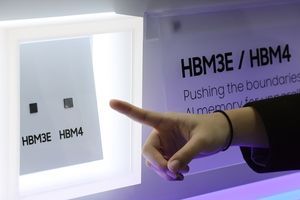A recent study has found that freezing disposable plastic bottles, including bottled water, can release more microplastics than usual.

A joint research team from Virginia Tech in the U.S. and Zhejiang University in China experimented to see how many microplastics are released when disposable plastic bottles are frozen and thawed. They found that freezing and thawing released even more microplastics and harmful substances than heating the bottles to 60 degrees Celcius(140 degrees Fahrenheit).
The researchers filled plastic containers 2.2 mm thick (0.087 inches) with plain water during the experiment and tested various conditions. These included repeated freezing and thawing, heating, chlorine disinfection, and leaving the containers untreated.
70 to 220 microplastic particles were released daily into the repeatedly frozen and thawed containers. In the heated containers, 70 to 130 particles were detected; in chlorine-treated containers, 60 to 160 particles were found; and in the untreated containers, 3 to 66 particles were detected.
Microplastics pose potential health risks, including cell toxicity and oxidative stress. As a result, the researchers advised against freezing water in plastic bottles for consumption.
A recent study from South Korea also supported these findings. Professor Goseok Dok of Dankook University’s Department of Civil and Environmental Engineering stated during a forum hosted by the Drinking Water Network and the Korean Society of Environmental Engineers that “many consumers freeze bottled water in the summer, which may lead to the consumption of large amounts of microplastics. We need to study the bottled water sold in Korea and take measures to address this issue.”










Most Commented